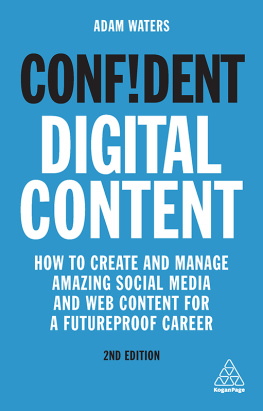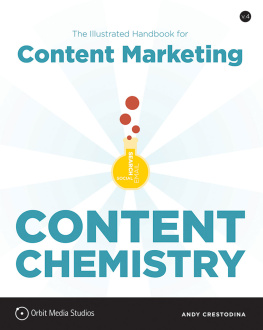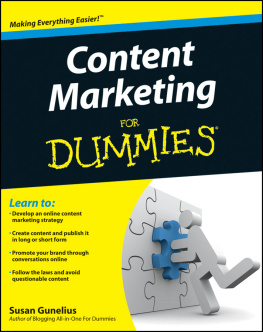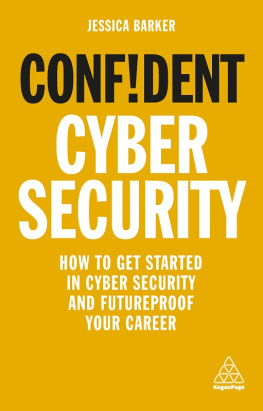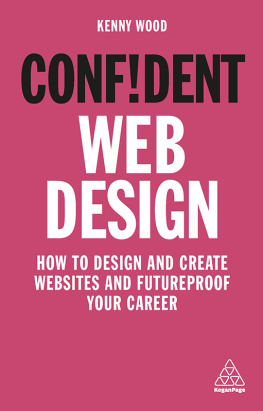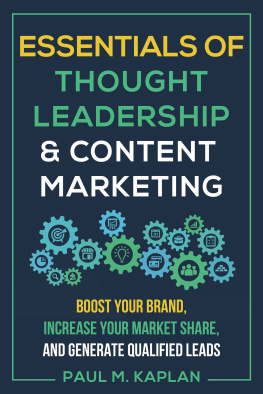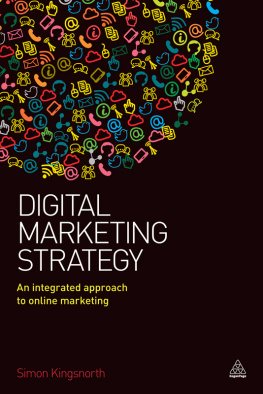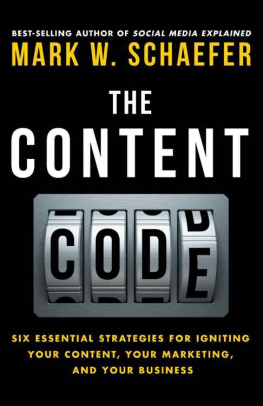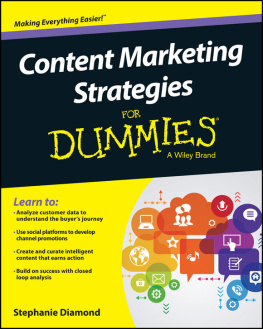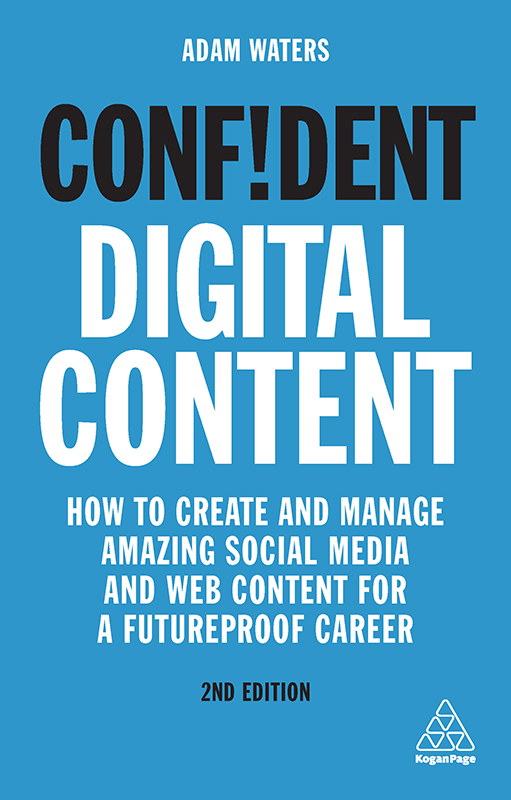
Contents
Landmarks
Figures
Tables
Page List
Confident Digital Content
For Isla
By the time youre old enough to read this the world will be very different.
Contents
LIST OF FIGURES
LIST OF TABLES
Firstly, a huge number of people helped me with this book and Im grateful to all of them my editor Rebecca Bush for answering all my daft questions, Meri Pentikinen for introducing me to her, and to all my case studies who provide so much expertise and advice from so many different backgrounds.
Ive been lucky in my life to have people who have given me a shot, believed in me and helped me grow as a person. So thank you to my mentors Jedge Pilbrow, John Davies, Steve Clark, John Holliday, Nicky Ness, Matthew Stone and Nick Pollard. Matt Muir, Jonathan Harper, Paul Vaughan and Luisa Bockmeulen all helped me find interesting people to speak to for this book. Richard Hutchinson gave me so much help with the radio section and Im so thankful. He was someone who dedicated much of his life to serving those who serve. Neil Hall helped with much valuable advice on photography thank you, Shippers.
If Ive forgotten to put your name down here, I really am sorry, but I suppose its in print now so Im stuck with the awkwardness.
Finally, thanks to my wife Anna and daughter Isla who are the lights of my life.
A career in digital content means youll get the opportunity to be creative, tell incredible stories and learn new things every day. Its fast moving, so you can always discover something new. You can communicate in lots of different ways a video, an article or an animation. You can connect with people and champion the causes or organizations you feel passionate about.
The best part of it is that anyone can do this. You dont need specific qualifications, expensive equipment or exclusive contacts. All thats required is a desire to learn, creativity and and a passion for telling stories.
Digital is a word that can mean many different things to different people. Organizations often use it to refer to technology such as cloud computing or app development. Digital media can mean streaming services like Netflix or computer storage. It can be confusing.
When it comes to digital content, I think of it as written, photographic, audio, designed or video content consumed mainly on a smartphone but possibly on a large-screen computer like a laptop. Thinking of it this way keeps things simple and clear. Social media has become an essential platform to share content on, but it could also be viewed through an app or mobile website, or shared through a messaging tool.
Because of the rapid and far-reaching rise of digital there is as a result an enormous demand for people with digital content skills. The demand is also across virtually all industries and types of organization. This is very good news for someone who is interested in a career in digital content. Some people still have a hard time believing that producing digital content or understanding social media can be a proper job, but by building up your digital content skills you will hopefully find a lot of opportunities.
Its a competitive marketplace too, but for me, the best thing about specializing in digital content is the range of industries you can work in. If you are passionate about cooking you could work for a food brand, creating recipe videos and writing about baking techniques. If you are an outdoorsy person you could work at a national park, promoting the incredible views through an Instagram channel.
You may want to do something more serious, such as journalism, or even work in law enforcement helping promote the work a police force does. This list could go on and on, but hopefully you see that by specializing in digital content you not only get to be creative and have fun but potentially have a career that matches your personal interests too.
It was just before the turn of the millennium that internet use became widespread, though still accessed almost entirely by desktop computers. With its rise, publishers (newspapers, TV stations, PR firms, anyone communicating with the public) quickly moved on to this exciting new platform, building websites to share the content they produced. Newspapers would create electronic versions of their daily papers, media companies would upload video clips to their sites, and radio stations streamed their shows. Still though, this early digital content would often just be the same as its real-world counterpart.
There were two major innovations that did the most to shape our modern digital world and its content: the rise of social media and the launch of the iPhone. The iPhone transformed how people communicate and kick-started the use of smartphones as we know it. Its ease of use made the internet accessible to everyone with a device they carried around with them. Quickly Apples rivals moved to create equally impressive gadgets with powerful cameras and bigger screens. Social media allowed people to instantly and easily share updates, videos or images with a huge network of people. They could easily comment on stories and interact with public organizations.
Combining these two innovations the smartphone with social networks was revolutionary. People could broadcast to the world from wherever they were for free. The cameras on their phones were more powerful than kit that would cost vast sums of money only 10 years earlier. Smartphones would gradually begin to catch up on desktop computers as the main device people use to access the internet. You only need to look around the next time youre on a busy train for proof that more people stare at their phones than stare at a newspaper.
The rise of the smartphone forced publishers to reconsider how they share content with their audiences. What good is a widescreen video designed for a TV when someone is watching on their tall, narrow phone? A beautiful website designed for a large screen is impossible to read unless it can be adapted to also look good on a mobile screen.
The challenge of creating content that is compelling while viewed on a smartphone screen, through social media or a mobile website, has become a specific skill. Publishers quickly realized that digital content is unique. They began building specific teams to create visual or written content designed just for digital platforms. TV channels would take existing footage and reformat it for mobile, making it more concise or vertical rather than widescreen.
Publishers who only existed on digital platforms soon sprang up. The most famous example is probably Buzzfeed, which now covers an enormous range of subjects and has a dedicated news team. There was no Buzzfeed newspaper or TV channel before it. Just its website, social media pages, and apps.
Its not just media organizations either. The free access to social media platforms and the widespread availability of smartphones means anyone can easily tell a story, provide information or market their products.
This book is designed to give you the fundamental skills you need to get started in digital content. I wont be going into details about specific social networks, and you wont find step-by-step guides to using specific apps like editing a video in Adobe Premiere. The principles are the important bit and dont change much over time. Once you understand how to produce a great video, you can look up a guide on using the app you choose. I want this book to be as helpful as possible, but an out-of-date guide to a program you dont use doesnt help anyone.
Next page
